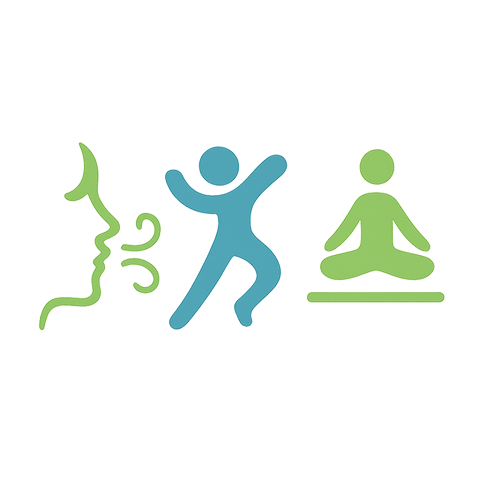The journey of strength training and pursuing fitness goals can often feel like climbing a steep mountain. As we push ourselves physically, there’s an underlying force at play that significantly impacts our performance, recovery, and overall health: cortisol. This hormone, commonly associated with stress, plays a crucial role in our bodies and can be both a friend and a foe in the realm of fitness.
Cortisol is produced by the adrenal glands and is released in response to stress, both physical and emotional. While it’s vital for regulating metabolism, reducing inflammation, and controlling blood sugar levels, too much cortisol can hinder our fitness progress. When you engage in rigorous training, your body perceives it as a stressor, leading to an increase in cortisol levels. This spike is natural, but prolonged elevation can result in fatigue, muscle breakdown, and impaired recovery. Understanding this dichotomy can empower you to train smarter and optimize your overall wellness.
Imagine busting through that last set of squats or sprinting towards the finish line of your workout. The exhilaration is undeniable, but the toll on your body is equally substantial. With high cortisol levels, the body enters a catabolic state, where muscle tissue is broken down for energy. This is counterproductive for those looking to build strength and muscle. Balancing cortisol levels becomes paramount in maintaining an effective training regimen.
So, how do we navigate cortisol’s impact on our fitness goals? The answer lies in incorporating strategic rest and recovery into our training plans. Activities such as yoga, meditation, and even deep breathing exercises can help mitigate cortisol spikes. By prioritizing recovery days and adopting a holistic approach to health, you can create an environment that fosters strength rather than hindering it. This isn’t just about rest; it’s about replenishing your body, allowing muscle repair, and resetting your mental state, ensuring you return to the gym rejuvenated and ready to push your limits.
Nutrition also plays a pivotal role in managing cortisol. Foods rich in omega-3 fatty acids, antioxidants, and high-quality proteins can help stabilize cortisol levels. Incorporating a balanced diet, rich in whole foods, not only supports energy for your workouts but also aids in recovery and reduces inflammation. Staying hydrated is equally important; dehydration can lead to elevated cortisol levels, creating a cycle that can impact your performance and enthusiasm for activities.
Moreover, understanding your body’s signals is essential. Pay attention to how your body feels during different phases of your training. Are you feeling drained, irritable, or overly stressed? These could be symptoms of elevated cortisol levels putting a strain on your fitness journey. Regular self-assessment allows you to recognize when to push forward and when to ease back, making your training both productive and sustainable.
Finally, remember that fitness is a lifelong journey, not a sprint. By unlocking the power of cortisol and implementing mindful strategies to manage its levels, you’re setting yourself up for long-term success. Embrace the ups and downs, celebrate each strength milestone, and cultivate a healthy mindset towards your training and health. Your body is a complex system that deserves attention, care, and understanding as you work towards achieving your fitness goals.



